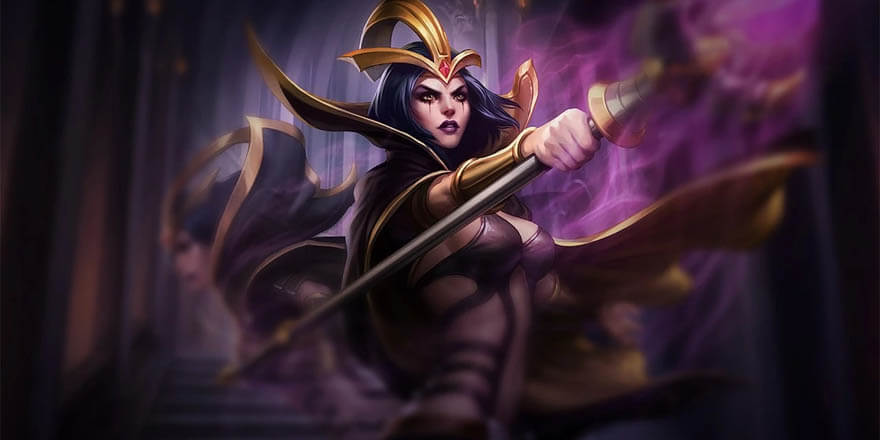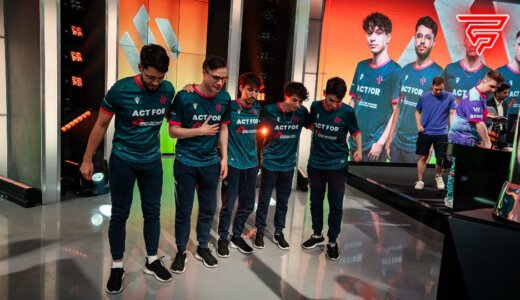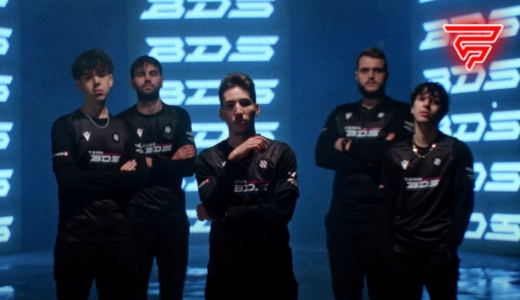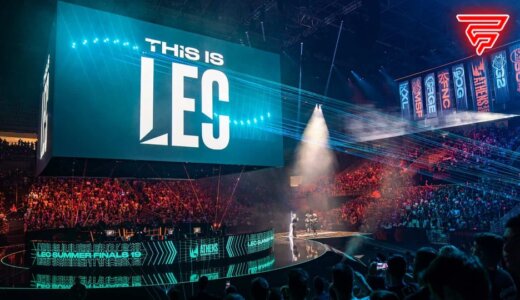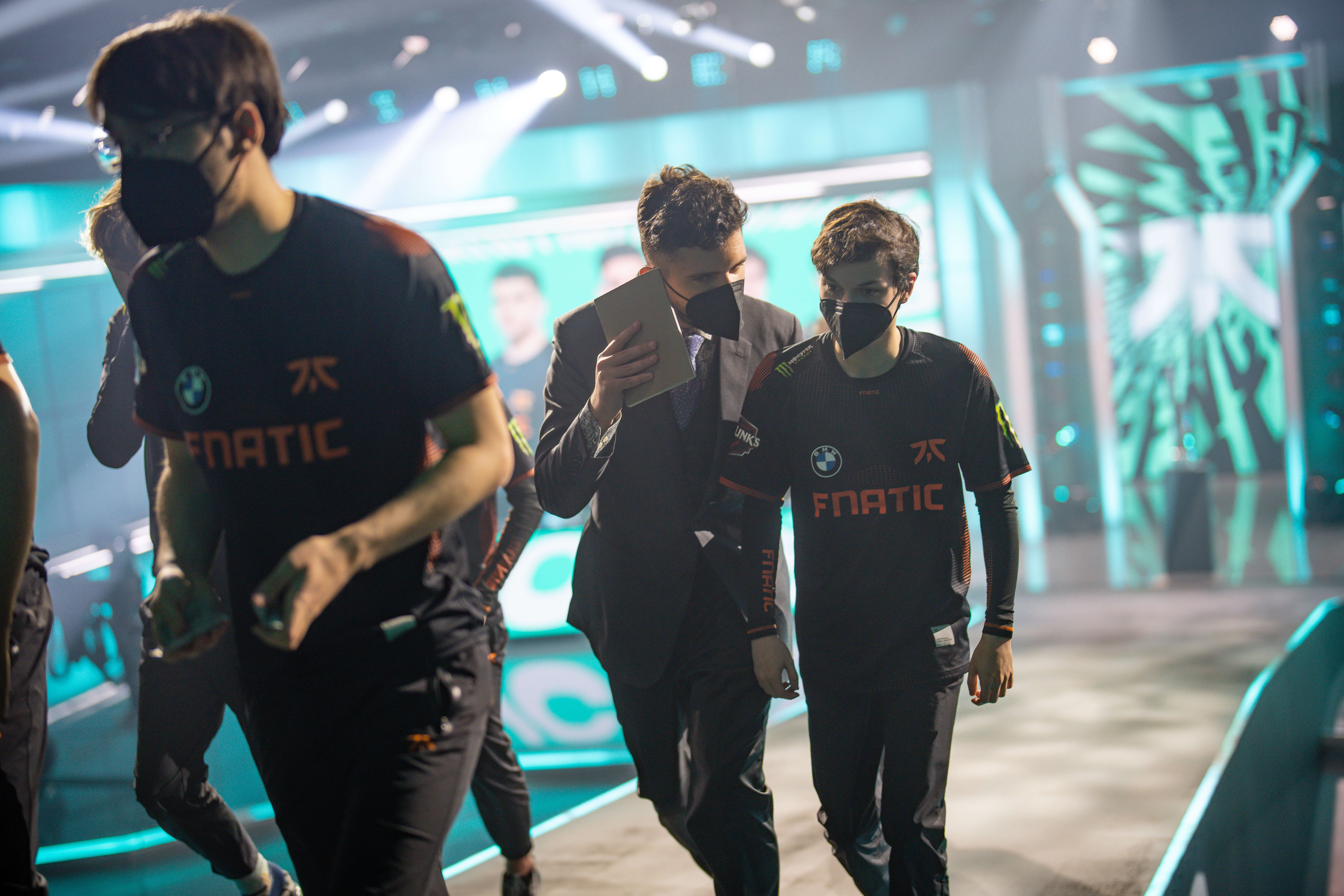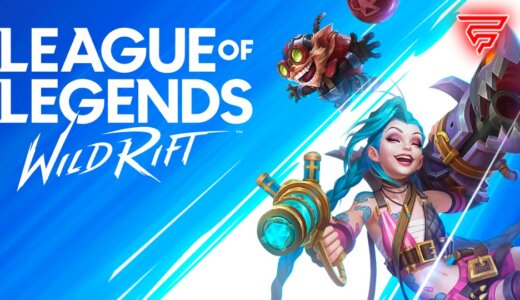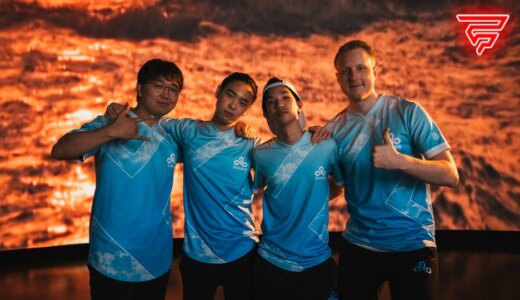For the entirety of its existence, League has always strived towards a balance that would mean that all champions are viable, fulfill certain purposes, and add diversity to the game. But these balance changes in the form of patch notes reworks and major updates have had a huge impact on the game. Sometimes they would result in even more problems than they originally intended to solve.
In this series, we look back at some of those instances with this article focusing on the LeBlanc rework. If you missed out on our previous article for the Assassin class update, you can check it out here(Looking back at the Assassin Reworks | Fragster)
Her design and gameplay
Ever since her release in 2010, LeBlanc’s design has always fulfilled its intended purposes. Imagined as the hyper-mobile ability power assassin with great skill expression and playmaking tied to her mimic and distortion mechanics, her design certainly fit the theme and lore of the champion. The problems Riot ran into were her gameplay patterns, how the champion functioned, and her viability in pro play. Until 2015, LeBlanc was never played by pro’s in a major international event. In the meantime, she was a menace in Solo Queue when played by the players that understood her concept. With her entire kit being centered around burst damage, which you could barely react to because she had a silence feature on her Q ability, playing against LeBlanc as an immobile mage or sharpshooter felt helpless. On the other hand, when playing against champions that punished her weaknesses like waveclear(Malzahar) or scaling (Kassadin), the LeBlanc player also felt the same way. It was a champion that could do her intended purpose to the extent that it made the game unenjoyable for her enemies, and if she failed, she made playing her a miserable experience for the one playing her. Riot was literally handcuffed in helping her with her weaknesses because it also meant it would benefit her strong sides, all attributed to having most of her power budget in her most iconic W-ability called Distortion. So they had to rework her, but then she caused even more trouble.
The successful but problematic rework
The initial purpose was achieved, making her easier for inexperienced players and removing some of her weaknesses, while giving her more outplay potential that could be used by the more skilled players. The issue was she ended up being too good and dominant at all stages of the game.That, combined with the dissatisfaction her community had with the rework, eventually forced Riot to revert her rework completely.
Her most iconic spell, her W, and her E stayed the same with the rework, while her Ultimate was changed from replicating her last used basic ability to creating a clone of her that would spawn at a specified location and would perform an enhanced version of any of her basic abilities. This was the feature that allowed skill expression, but the main reason she got reworked was her overloaded passive.
Old and current LeBlanc Q was an orb of damage that marked the target it hit, and that mark could be detonated by hitting her other spells on the same target while her passive was spawning a clone of her which you could control when she got below 40% HP. The reworked LeBlanc passive was the mark her old Q would give for doing more damage, but now it could be triggered with any spell, not just Q, and it would bounce to nearby enemies and minions while giving even more damage if it was detonated after 1,5 seconds.

LeBlanc’s reworked passive (via YouTube)
So with one small change, Riot made her main weakness, waveclear, one of her stronger points. This also improved her scaling, helping her farm faster on top of the insane AP ratios on her spells. She went from a burst assassin that needed to snowball through kills and offered nothing else, to a champion similar to Ryze while retaining her previous strong sides. She became a scaling mid-laner, with a new split push side lane playstyle possible if kills weren’t available, while also having the best laning phase in the game. And with the Gunblade build, an item that healed you for a % of the total damage you did, she became a hypermobile mage assassin that could wave clear effortlessly with her new passive, and also she could heal huge amounts of Gunblade through her passive AOE damage.
Two years of dominance
All of these factors and newfound playmaking potential made her one of the most dominant picks in pro play in the entire world for Season 7. She was present in 60% of all the pro matches worldwide with 263 picks and a whopping 1532 bans. In the end after two years, and a lot of complaints from the community and pro’s alike, Riot decided to fully revert her rework and move forward by balancing LeBlanc only by her numbers. She stands as one of the few champions that have the same spells as when they were released, which is amazing considering she was released in 2010. A true testament to the masterpiece that is her simple but creative design, which withstood the test of time.
